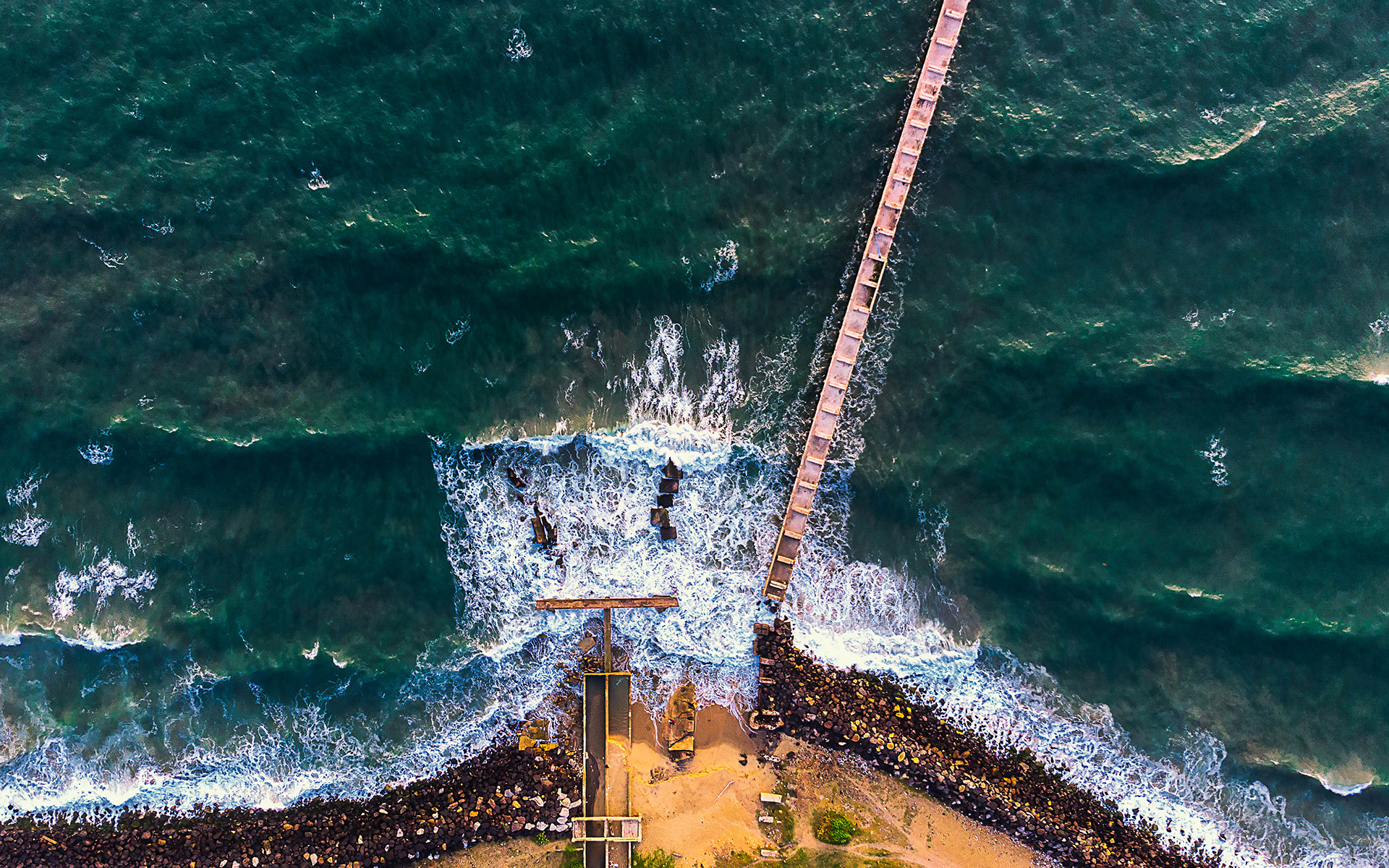A fast-growing business hub, Chennai’s topography and weather leaves it exposed to the twin challenges of flood risks and water stress.
City Class Score
| Commercial Hubs | |
| Export Champions | |
| Mobility Connectors | |
| Climate Resilient |
Corporate HQs, MNC presence, branded outlets, hotels, manufacturing, start-up ecosystem,
transport linkages, population, and income.
Go to the class information
Manufacturing, industrial parks, export share and share change by category, air and port
infrastructure, freight time to market, trade agreements, and expert interviews.
Go to the class information
Passenger traffic, flight connectivity, air-cargo flights, port infrastructure, container
ship sailings, and major road networks.
Go to the class information
Coastal and river flooding, extreme rain, extreme heat and humidity, cyclones, and water
scarcity.
Go to the class information
In the early morning on Chennai’s Marina Beach, the vast stretch of golden sand
buzzes with activity as locals jog, stroll, and engage in spirited games of cricket. The beach is
also a foodie haven, with street vendors and pop-up stalls serving up local delicacies ranging from
zesty pani puri to crispy fried bajji. In a city of 11 million, Marina Beach is a refreshing escape
from the daily hustle and bustle of one of India’s most vibrant urban landscapes. Yet this beach
isn’t always a peaceful retreat; storm surges and typhoons brewing in the Bay of Bengal often flood
coastal areas and disrupt business and daily life.
Indian cities are generally more exposed
to climate risk than many on our list. But Chennai faces unique challenges that set it apart from
other Indian peers. Its low-lying coastal shores, seasonal monsoons, and high equatorial humidity
create a perfect storm of climate risks. Nestled along the Bay of Bengal, the city’s topography and
prevailing low-pressure systems exacerbate weather conditions, making it particularly vulnerable.
While Chennai shines as an export champion and a bustling commercial hub, investing in climate
resilience is crucial for sustaining its economic vitality and continued urban expansion.
Flooding has long been a threat, with records tracing back over a century. Unplanned urban sprawl
and pollution have recently choked the city’s natural drainage channels, heightening the risk. The
catastrophic floods of 2015 stand out as some of the worst in the city’s history, submerging vast
areas for days and causing an estimated $3 billion in damages. Municipal officials have since
prioritized resiliency measures, constructing storm drains, upgrading water channels, and installing
new pumping stations. When Chennai faced similarly heavy rains in 2021 and 2023, daily life was
disrupted but the extent of the damage was mitigated, with several flood-prone areas reporting no
waterlogging during the rainy season.
Despite the looming threat of floods, Chennai
grapples with another pressing issue: water stress. In 2019, the city experienced what has come to
be known as “day zero” as its four main reservoirs ran dry, leaving many households without tap
water. Extended drought and water mismanagement were identified as key factors, with rapid
urbanization encroaching on vital water reservoirs and natural wetlands. In response, the local
government and various non-governmental organizations have rolled out a range of initiatives, from
rainwater harvesting and building desalination plants to investing in robust water infrastructure.
Nevertheless, water stress continues to pose a challenge for this fast-growing city.

